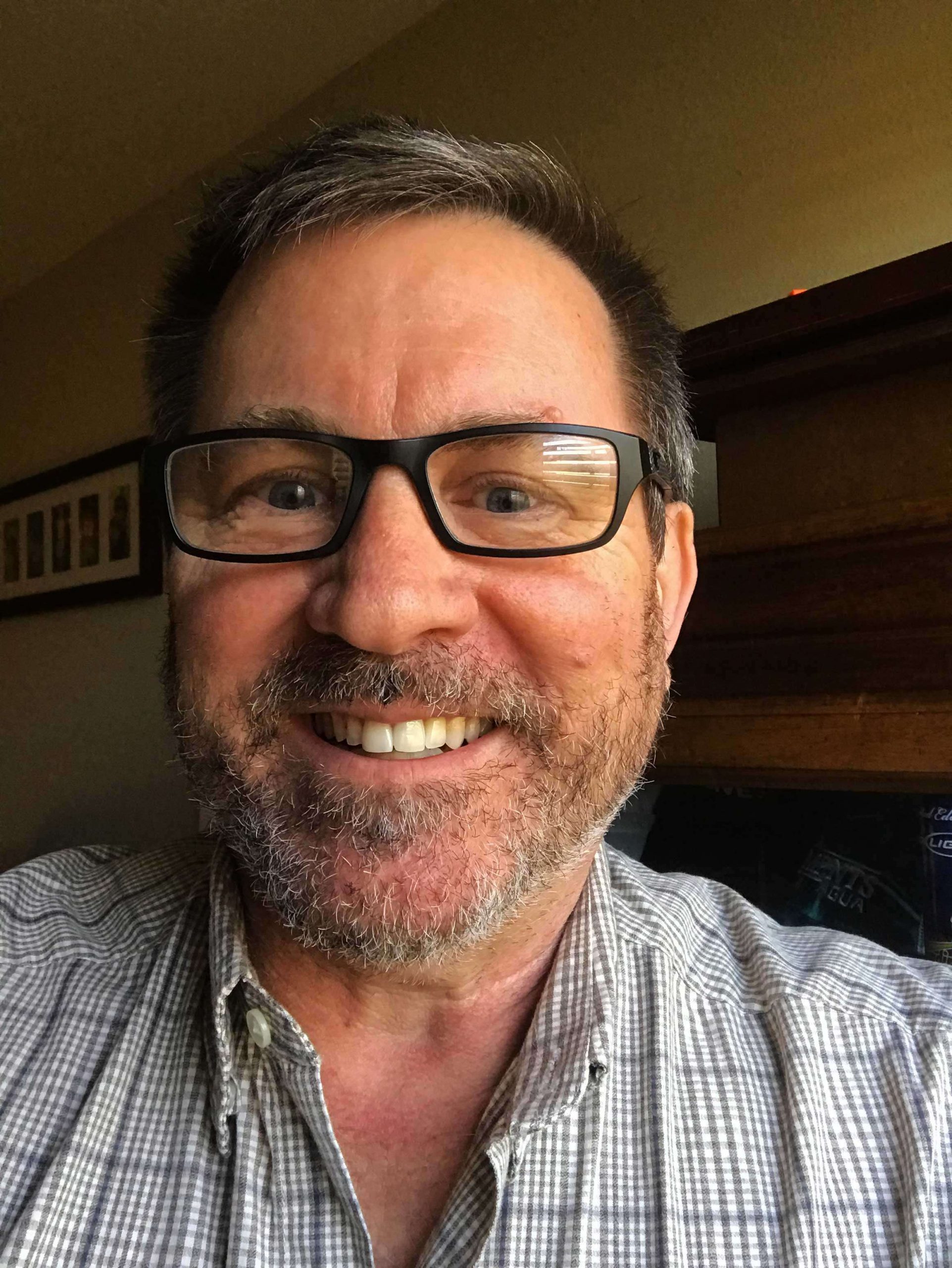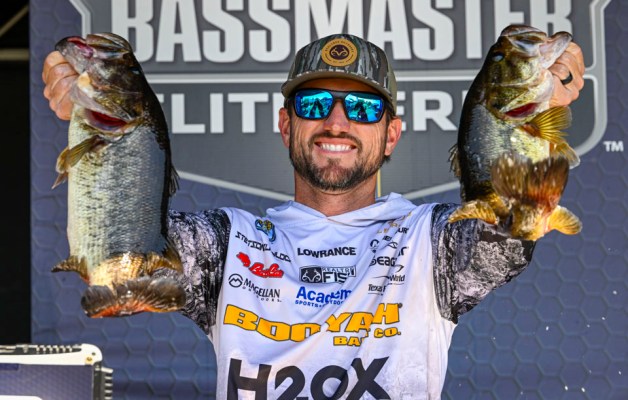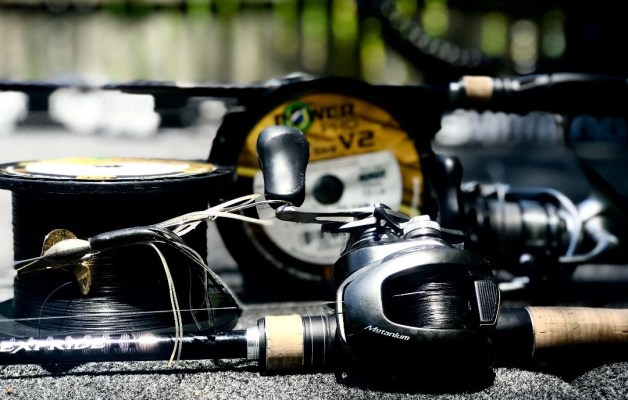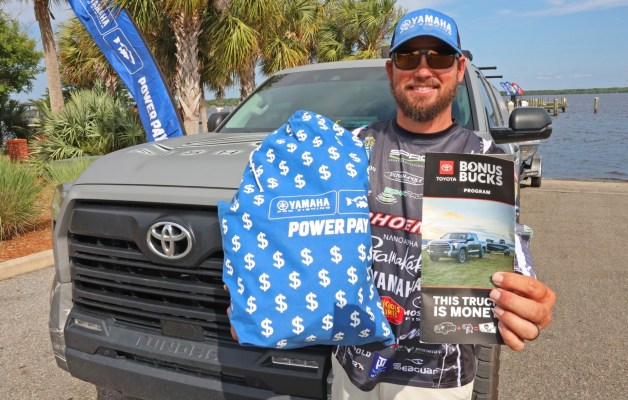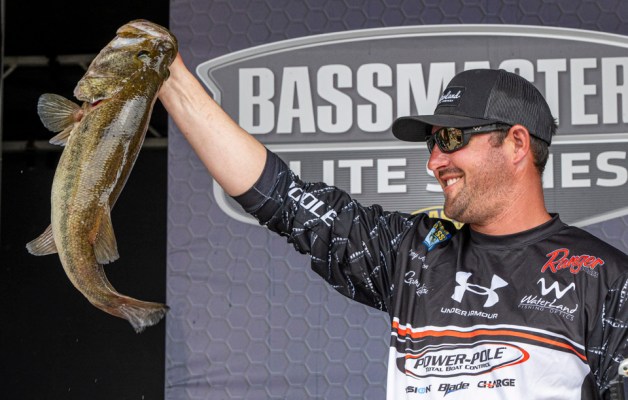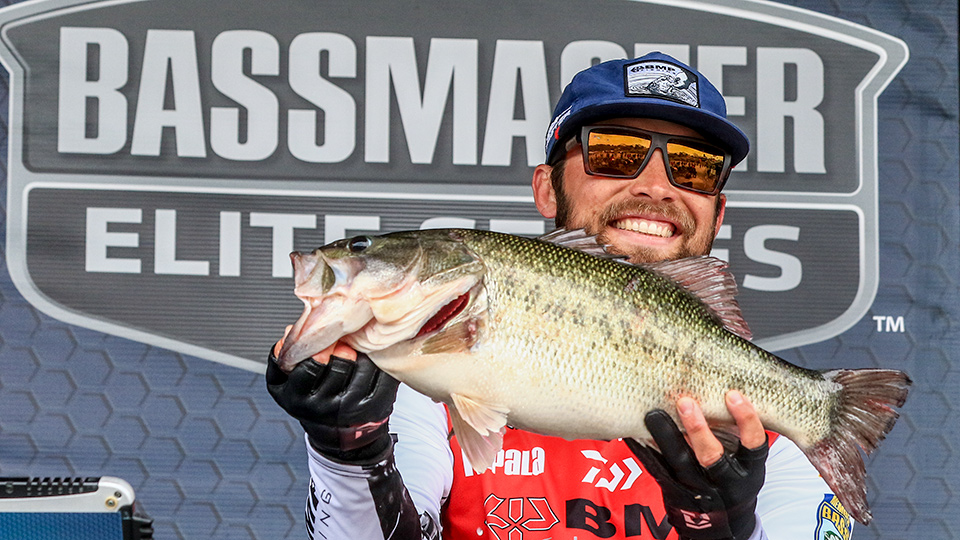
Times they keep a’changing, and that includes from where B.A.S.S. competitors hail. While fields of all good ole boys have long been gone, the anglers are coming from farther and wider across the United States and the globe.
The Daily Limit noticed a recent influx of Bassmaster Elite Series pros from the Upper Midwest, perhaps following in Seth Feider’s footsteps. Steve Bowman, B.A.S.S. angler relations manager, was asked about the development, agreeing it’s an interesting trend that’s part of a bigger picture.
Just a few years ago, Classic qualifiers from Minnesota and Wisconsin could be counted on one hand. Now there are seven pros from those states on the Elites, and they’ve taken home major hardware — Feider’s Bassmaster Angler of the Year, Austin Felix’s Bassmaster Rookie of the Year and Caleb Kuphall’s Elite win.
Yet those states aren’t the only new places producing today’s pros. The international presence on the circuit and in St. Croix Bassmaster Opens is in expansion mode. There’s a new crop from Japan proving their mettle, and they’re right in step with a burgeoning Canadian contingent that’s posted four victories. And don’t forget Carl Jocumsen, the first Australian on tour and an Elite winner.
Bowman points to the final standings of the Guaranteed Rate Bassmaster Elite at Chickamauga Lake as specific evidence to the new diversity. He noted winner Jason Christie is a Cherokee Indian from Oklahoma, then rattled off finishers from 15 different states and three countries.
“Historically, that’s a top 20 that we have never had. It looks like a 1988 B.A.S.S. Federation national championship,” he said. “I think if you want to see any indicators of the sport growing, there’s the fact that pros are coming from all over. Back in the day, this was a Southeast U.S. game.”
The early competitors in Bassmaster tournaments were basically from the Southeast and lower Midwest. Evidence is in the Classic berths by state. Texas holds a massive lead with 333 qualifiers while Arkansas (200), Alabama (197), Missouri (150), Florida (148), Oklahoma (138), North Carolina (115) and Tennessee (100) are the others in triple digits.
Down that list in 23rd with 16 Classic berths is Idaho, home of Brandon Palaniuk, who accounts for 11 of those qualifications. Since winning the 2010 B.A.S.S. Nation championship, “The Prodigy” has excelled on tour, winning six tournaments and taking the 2017 AOY title. (He stands second in AOY points this year.)
Palaniuk, because his success came from way off the beaten path, was contacted for his thoughts on why the Elite makeup might be evolving.
“Bass fishing, you can be any shape, size, race, background, it doesn’t matter. If you have the talent and the work ethic, you can make it,” he said. “I think the fact that our sport is barely over 50 years old, we’re just getting to the point where we’re having that type of diversity.”
Palaniuk latched onto his fishing dream early, telling his mom at 8 years old that he’d be a pro. He admits it was a peculiar goal for his region.
“I don’t know when the first bass were planted here,” he said, “but you can probably argue the fact that there were tournaments being held in the South before there were any bass stocked in Idaho.”
Palaniuk nailed that. Idaho Fish & Game records show largemouth stocking started in 1967, the year Ray Scott held his first event on Arkansas’ Beaver Lake. Scott’s first derbies hosted mostly southern anglers, but early media coverage helped spread the possibilities of fishing for a living. As anglers from far-off places began dreaming of bassin’ glory via Bassmaster Magazine and TV shows, the fields started changing, albeit slowly.
California, with its big bass fisheries, became a big player with anglers like Dee Thomas and his newfangled flipping technique. The Golden State stands 11th on the Classic qualifier list with 75 entries, which would be higher if many hadn’t transplanted east to be closer to the concentration of competitions.
A recent example is Chris Zaldain. A native of San Jose, Calif., he made two-day drives to compete in Opens before qualifying for the Elites, which prompted a move to Texas.
“It’s definitely harder for anyone from the West, just because of your travel,” Palaniuk said. “The only way you really have to qualify is through the Nation. Outside of that, the amount of time and everything to go through the Opens, it’s way more expensive.”
In the late 1980s, Kevin VanDam of Kalamazoo, Mich., shook up the good ole boys and opened up the northern states, although not many could follow his act. KVD won his first of 25 titles at B.A.S.S. in 1991, and he has 28 of his state’s 50 Classic entries.
Starting in 2015, Bassmaster LIVE added daily on-the-water exposure of tournament exploits, and the explosion of college and high school fishing also extended the reach of B.A.S.S. It has more anglers from outside the previous boundaries trying to get in.
“I think you start to see regions in different parts of the country become more relevant when more people believe they can go do it,” Palaniuk said. “I think that’s a big thing. I know that since I made it, bass fishing has grown up here.
“Since Feider started having success, you see a lot more guys from the Upper Midwest. You see the success of the Johnston brothers and now you start seeing more Canadian guys. Some of those young Canadians kids look at the success of those guys and say, ‘I’m going to go for it.'”
Chris Johnston became the first Canadian to win an Elite in 2020, and Jeff Gustafson followed suit in 2021. Cory Johnston won an Open in 2021, and if not for equipment malfunctions shoulda, woulda, coulda been AOY in 2019. Just this April, Canadian Coop Gallant, vowing to make the Elites, won the 2022 Open on Cherokee Lake.
Coming from far away or from a less-traveled path might give anglers an advantage once they make the circuit, Palaniuk said.
“I think you see guys from abnormal parts of the country be successful because of the amount of work it took just for them to qualify,” he said. “They had to go through so much more to get to that point.
“I’m not downplaying guys from the South who make it, but they were constantly around it and didn’t have to drive too far, it didn’t cost as much. A guy coming from Japan, they have to sacrifice so much more to be able to do the exact same thing.”
Norio Tanabe of Japan became the first international winner in 1993, and 11 years later countryman Takahiro Omori was the first foreign-born angler to win a Bassmaster Classic. There have been many Japanese sensations in B.A.S.S.
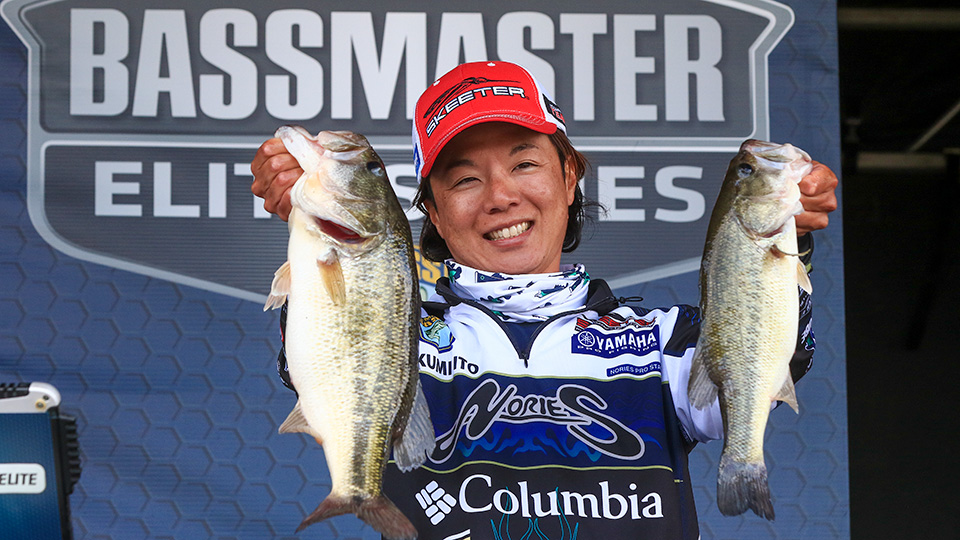
Leading the latest wave is Taku Ito. Spending much of his free time in the states pre-practicing, Ito made consecutive Top 10s during his first foray into smallmouth country in 2020, then scored an Elite victory on the St. Lawrence River in 2021.
The other three Japanese anglers on the Elites have all won Opens. Daisuke Aoki, who won on Douglas Lake in 2021, started slow on the Elites this year before posting his first Top 10 on Chickamauga Lake. Masayuki Matsushita won his Open on Sam Rayburn in 2020 and started 2022 hot with a third at the St. Johns River Elite.
Kenta Kimura is the most senior pro from Japan, totaling 58 Bassmaster entries. In April, he won on the James River, giving international anglers half of the four Open titles so far this year.
Finesse tactics and specialty tackle are part of the Japanese anglers’ success, but Bowman added that their commitment plays a monster role — spending 15 hours a day on the water instead of five can be the difference in making it or not.
Either way, as the B.A.S.S. representative who’s on the phone with Elites almost non-stop, he said he’s enjoying calls from a variety of area codes.
“To me, it’s very encouraging that we are so much more diversified,” Bowman said. “The good old boys — which I love, I grew up with them, I am one of them — are not 95% of the field anymore.”
That includes the seven from Minnesota and Wisconsin. Feider, of New Market, Minn., began fishing the Elites in 2015 but was almost out after two seasons. He would have left the circuit if not for a second place in the Mississippi River Elite then his first of two wins in AOY Championship competition. His success can be said to have opened a floodgate from his region.
Felix, who’s also from the Minneapolis area, had a shot at both AOY and ROY in 2020 but couldn’t figure out Lake Fork in the season finale. Kuphall followed his 2019 Open win on Smith Lake with an Elite title on Lake Guntersville, winning by the second largest margin in history.
Bob Downey, who won the 2019 Grand Lake Open, took second at St. Johns this year and is inside the cut to reach his second Classic. Pat Schlapper, in his second Elite season after double qualifying as B.A.S.S. Nation champ and third in the Eastern Opens, is also shooting for his second Classic. The Eleva, Wis., angler stands 20th in AOY, and he has caught the Phoenix Boats Big Bass in the past two Elites.
Rookie Josh Douglas from Isle, Minn., is off to a slow start, especially compared to Jay Przekurat of Stevens Point, Wis. Przekurat has made the two-day cuts in all four Elite tournaments and leads the ROY race by sitting 11th overall in points.
All the additions just add to make it an Elite melting pot, Bowman said.
“You’ve got Japanese anglers, Canadian anglers, guys from all over the country coming in and winning Elites and Opens,” Bowman said. “I think the indicators of the growth of the sport can be seen in that much more than in the number of the fishing licenses being sold. There’s more people and a wider geographic region of people who want to be doing it.”

